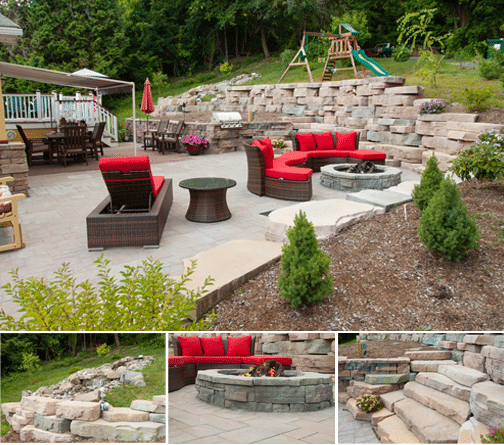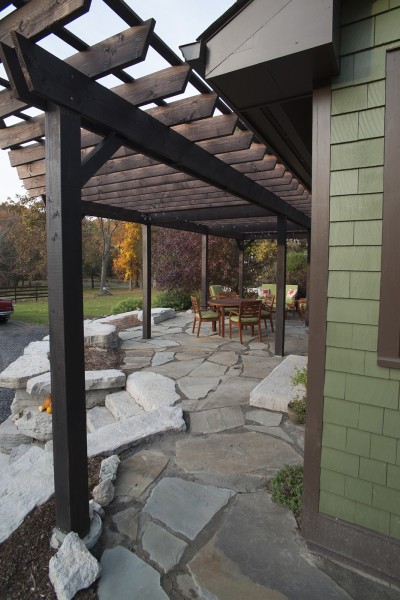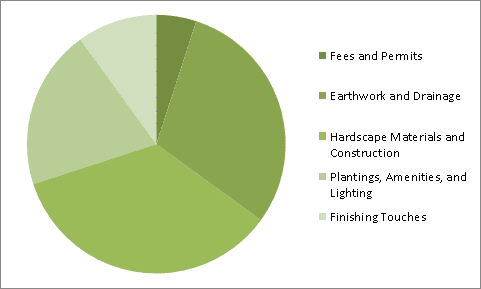“But what will it Cost?”
That’s probably the most frequently asked question in the industry. We’d love to answer it for you – really, we would. But, it’s not that simple.

Landscapes are as individual as their owners, meaning they come with unique strengths and pitfalls. So when it comes to cost, no matter how identical one project might look to another, it’s going to differ in cost. What makes that difference can’t be determined until someone with professional know-how has seen your site and knows what you want.
Why? Again, a tricky question. Most of the differences are going on behind-the-scenes. Two patios may look the same, but what goes on underneath to ensure stability and longevity will differ based on soil composition, surrounding landscape grades, existing drainage systems, and myriad other things.
So, if we can’t tell you how much it’s going to cost, why are you here? While we can’t give you a number, we can offer some insight into breaking down a landscaping budget. We put together this guide based on our experience writing estimates and proposals for the past 15 years. While there’s no exact science to it, we hope this can give you a solid start on tackling that first big obstacle between you and having the backyard you want.
- Fees and Permits – Up to 5%. Doing your homework before you get started on your project is important. Sure, researching local building regulations might sound like a snooze fest, but if you keep them in mind while putting a budget together, you’ll avoid spending extra money later.
- Earthwork and Drainage – 30%. Lay a good foundation – literally. Well-constructed hardscape never sits directly on soil or earth; it requires some kind of base material, usually a variation of gravel. And if you really want something to last, it’s a good idea to look at drainage options, whether it’s fixing what you already have or installing something new.
- Hardscape – 35%. Here’s where things start to get fun and flexible. There are so many options for pavers, wall stone, and kits for other features that it’s really a matter of figuring out what you want, and finding the product that fits. Traditional materials like bluestone or natural boulders can be pricey, but there are plenty of manufactured options out there that offer the same natural aesthetic with increased durability and building options. Sometimes you might find you want a combination of products – and that’s no problem!

This is also a great opportunity to work with your contractor. An industry professional will know the pros and cons of any material they’ve worked with, so they can offer insight that won’t be available in catalogs or brochures.
- Plantings, Lighting, and Amenities – 20-25%. This will probably be the most flexible part of your budget. While items like these may not seem essential, they will impact how much enjoyment you get out of your landscape. Want that new patio to last into the fall? You might want to consider making room in your budget for a fire pit. Love an evening barbecue, but hate those store-bought tiki torches and citronella candles? Lighting is always something we recommend not just for enjoyment, but for safety and security as well.
- Finishing – 5-15%. You’ve seen a construction site – not a pretty picture. After your project has been completed, your contractor will have to clean up any disturbed areas. Regrading, filling in low spots and planting new grass doesn’t just give your yard a finished look, it’s also required by the New York State Department of Conservation.This is also where you want to start thinking about things like furniture and decoration. What’s a patio without a table and chairs, or a pergola without twinkle lights? Little things like this really make the space yours, so we recommend working these things into your budget up front.

Still feeling overwhelmed? Remember that a budget is flexible, and it evolves just like your project does. And you can always get some friendly advice on the subject – just drop us a line.
